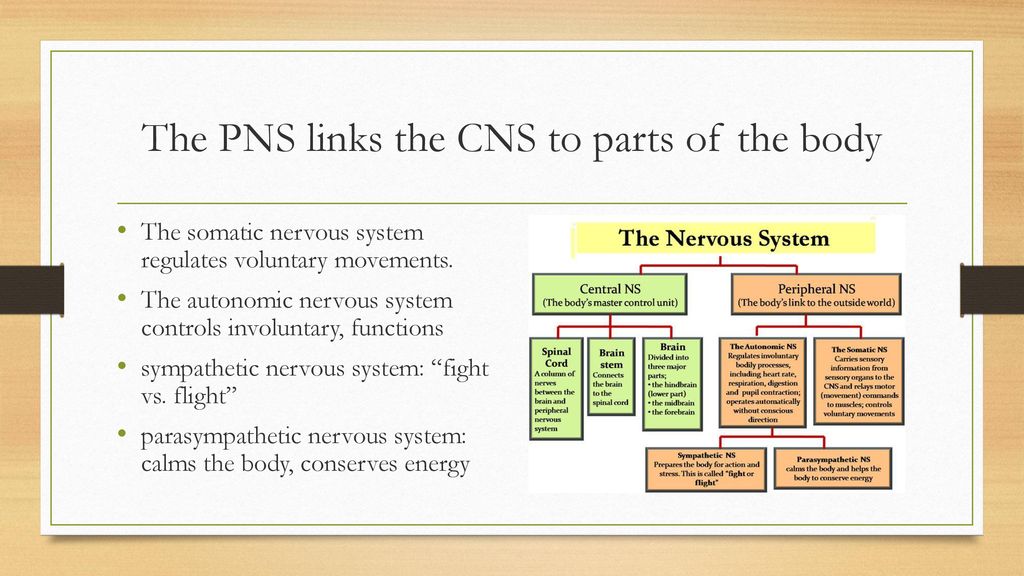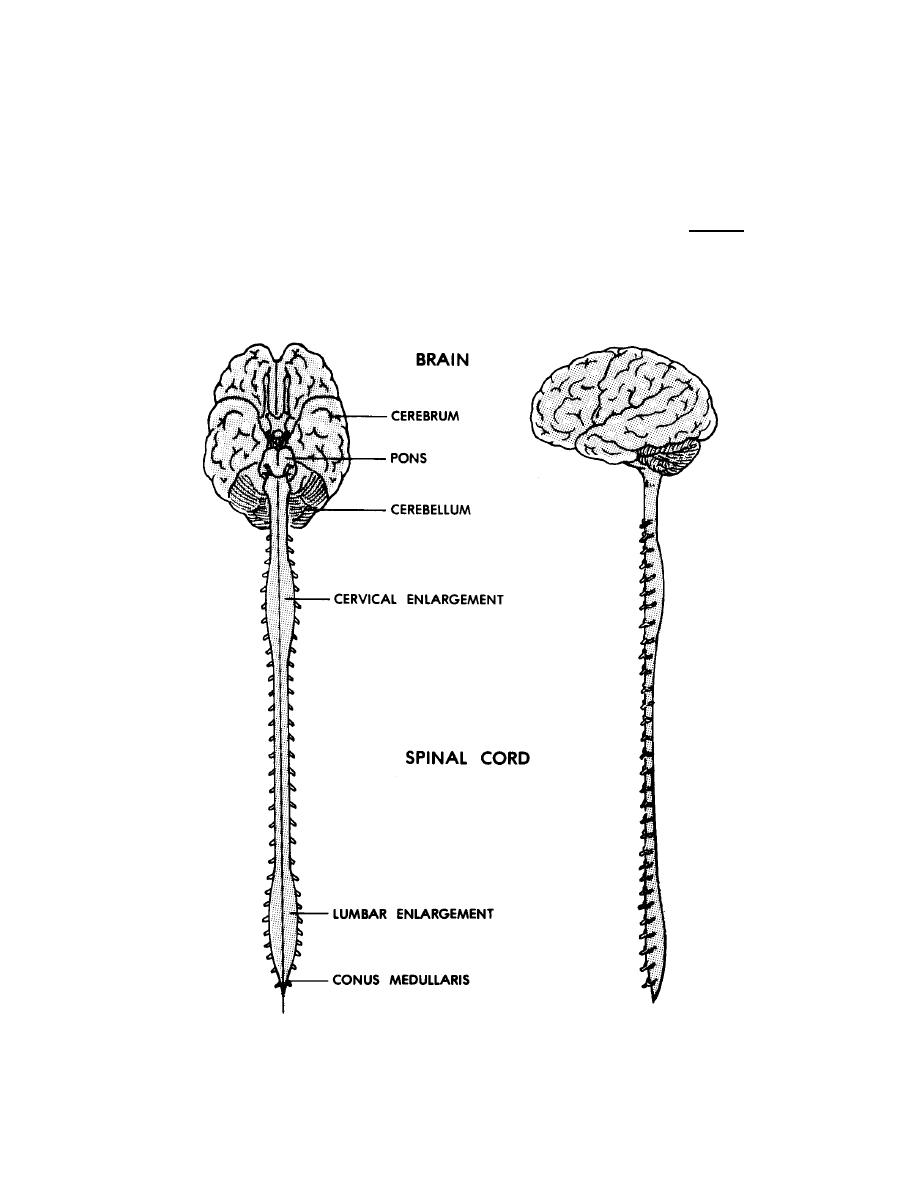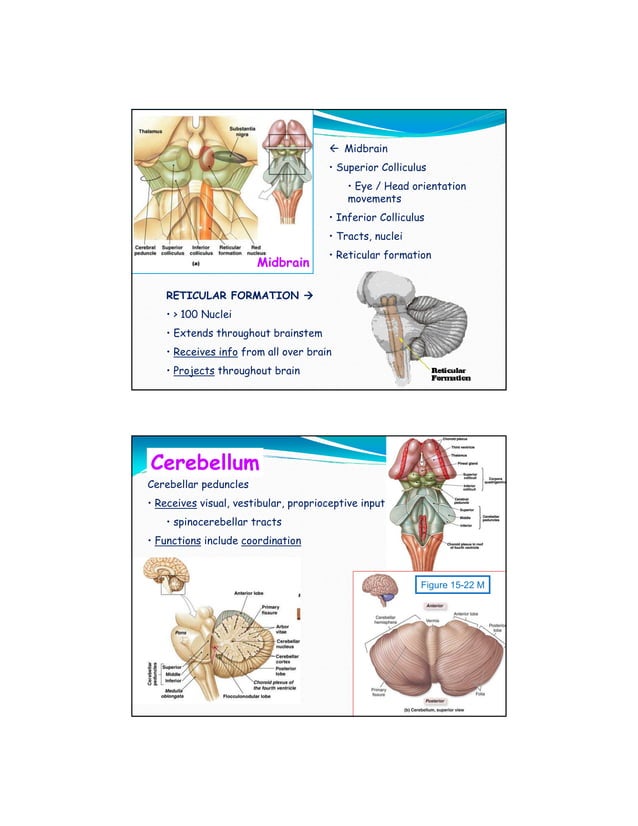Nervous and Endocrine System Biology Diagrams The nervous system can be classified structurally and functionally. Its main function is to generate, modulate and transmit information in the human body.

Our bodies couldn't operate without the nervous system - the complex network that coordinates our actions, reflexes, and sensations. Broadly speaking, the nervous system is organised into two main parts, the central nervous system (CNS) and the peripheral nervous system (PNS). The CNS is the processing centre of the body and consists of the brain and the spinal cord. Both of these are

Overview of the nervous system: Structure and function Biology Diagrams
The nervous system has two major regions, the central nervous system and peripheral nervous system, which are both made up of many smaller structures. Image Source: Douglas College Human Anatomy & Physiology I (2nd ed.), Unit 9. Gain an understanding of the central nervous system (CNS) Gain an understanding of the peripheral nervous system (PNS) Nervous system overview - Review Ch. 2; pp. 69-72 ; pp. 75-76 The nervous system controls the functioning of the human body and is comprised of the brain, spinal cord, cranial nerves and spinal nerves.

What is Peripheral Nervous System The peripheral nervous system (PNS) is the other part of the nervous system in vertebrates, which send sensory signals to the CNS and response of the body to the effector organs. The PNS is composed of neurons and neuron clusters called ganglia. The PNS can be divided into two as somatic nervous system and autonomic nervous system. Somatic Nervous System The

What Are The Differences Between A CNS & A PNS? Biology Diagrams
The central nervous system (CNS) is comprised of: the brain the spinal cord The peripheral nervous system (PNS) is comprised of: cranial nerves III-XII spinal nerves ganglia enteric plexuses sensory receptors The key structures of the CNS and PNS have different names. This is one of the ways we can tell if a name refers to CNS or PNS. The human central nervous system (CNS) and peripheral nervous system (PNS) regulate physiological processes and reactions to environmental stimuli. Despite being related, these systems differ in structure, function, and body placement. The human nervous system is a complicated system of connecting neurons and associated cells. The nervous system allows us to think, breathe and feel. Scientists categorize the nervous system into two main parts: the central nervous system (CNS) and the peripheral nervous system (PNS). These parts of the nervous system differ in their structures and physiological functions.
